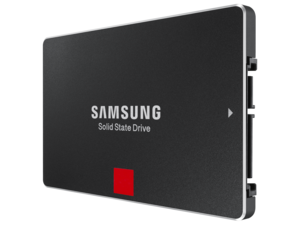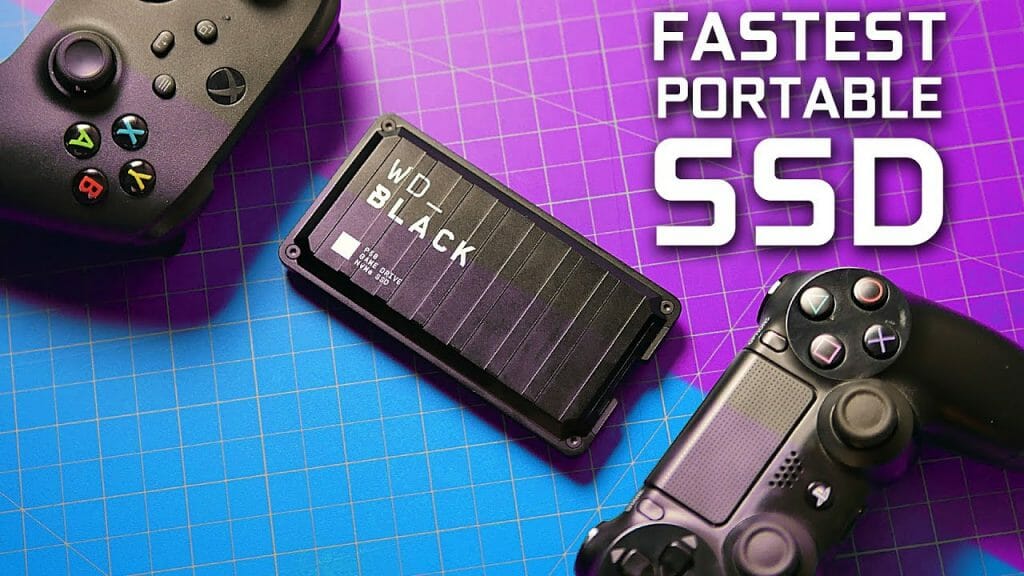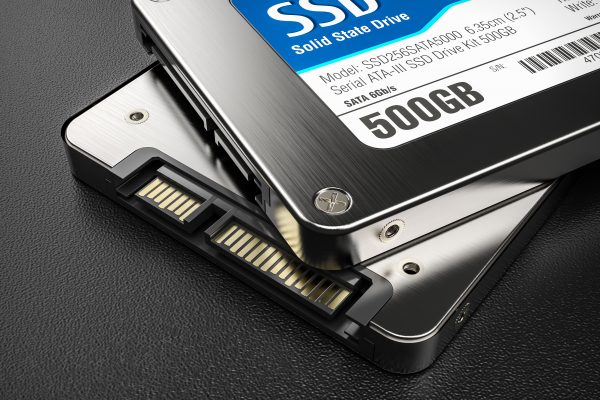

Although the PS5 and Xbox Series X can't run games off external drives, transferring the games between the two is fast and efficient. The internal SSDs in the Xbox Series X and PS5 can only stretch so far. That's why you want to have the best external hard drive to store them. Not physical space, but storage space: Games are bigger than ever. Now all you find are some left over 16/ 32GB Optane drives more for caching, and they may cost close to some 250/ 256GB drive.Gaming can be an expensive hobby that takes up a lot of time and space.

The problem is the price, limited storage options, and high power consumption takes away interest. Which is why they pulled Optane from the consumer market. With RAID arrays of these newer U.2 Optanes.I feel they did that at the start, but not gaining much traction in terms of demand. Supremelaw said:We implement a policy of formatting C: up to a current maximum of 100GB. With RAID arrays of these newer U.2 Optanes. The lower unit prices will also inspire Prosumers to experiment Historically of many electronic devices e.g. In simple English, the greater demand these smaller drives will generate, Increases market demand by 10% or more, for example.)

(A widget is price-elastic when a 5% reduction in price This will allow a significant reduction in the MSRP, and the greater demand Particularly when doing a fresh installation of any modern OS. There is much to recommend the simplicity of a single OS drive, Smaller drives up to PCIe 5.0, as soon as that standard starts to roll out. Workstation and high-performance desktop marketplaces.Īnd, Intel should be open about its commitment to ramp the speed of these two This policy has worked out very well for decades.Īs such, I suggest that Intel expand the appeal of this major Optane improvementĪnd offer one 128GB and one 256GB PCIe 4.0 U.2 Optane directed to the When there is unallocated space after formatting C:, we format the remainderĪs a dedicated data partition. We implement a policy of formatting C: up to a current maximum of 100GB. Gaming is not part of these applications. Necessity being the mother of invention, one will also have to "invent" desktop applications that would significant leverage PCIe 5 with CXL. It will take several years to see something trickle down to "normal" desktops. But again this is for workstations and servers. PCIe 5 with CXL is going to redefine the bottlenecks over the next few years. For regular desktops, a "normal" RAID 0 of SSD is preferable, again in terms of matching performance for matching cost. Threadripper) or Servers: matching performance for matching cost. I believe these $$$ Optane are good for workstations (e.g.
#FASTEST SSD DRIVE PC#
The same "weirdness" occurs when you try to run 25, 40, 50 or 100 GbE networking on a low-end PC: the PC system itself (buses, memory, CPU, disks) becomes the bottleneck in comparison to the network throughput and you end up with iperf3 returning something like 15 Gbits/sec because that's the max the PC hardware can do. Nothing weird like unnatural, your RAM (if involved) just becomes the bottleneck. The DC P5800X also delivers up to 1.5 million random read/write IOPS, not to mention market-leading QD1 performance.ĭerekullo said:Does anything weird happen when your storage is faster than your ram? With performance specs rated for up to 7.2/6.2 GBps of read/write throughput, the P5800X offers awesome sequential performance, addressing one of the key weaknesses of its predecessor.

Ranging from $1,189 to $3,724, each is priced significantly higher than any typical flash-based SSD. Intel’s Optane SSD DC P5800X comes in capacities of 400GB, 800GB, and 1.6TB. But that comes with a few caveats: the P5800X is only intended for “workstation use” and carries a hefty price tag. However, after hearing feedback from storage enthusiasts, Intel reconsidered and made the P5800X available for anyone to purchase. Intel originally launched the P5800X as a pricey data center SSD and didn’t offer it to the consumer market, largely because the company had already killed off its entire line of Optane products for desktop PCs. It’s even four to five times faster than the fastest flash-based NVMe SSDs at the all-important queue depth (QD) of 1, meaning that it provides the snappiest user experience money can buy. The P5800X delivers up to 7.2 GBps of sequential bandwidth and random performance that tops 1.5 million IOPS, easily beating all competing storage devices on the market. If you want the absolute fastest performance from your storage device, look no further than Intel’s Optane SSD DC P5800X.


 0 kommentar(er)
0 kommentar(er)
